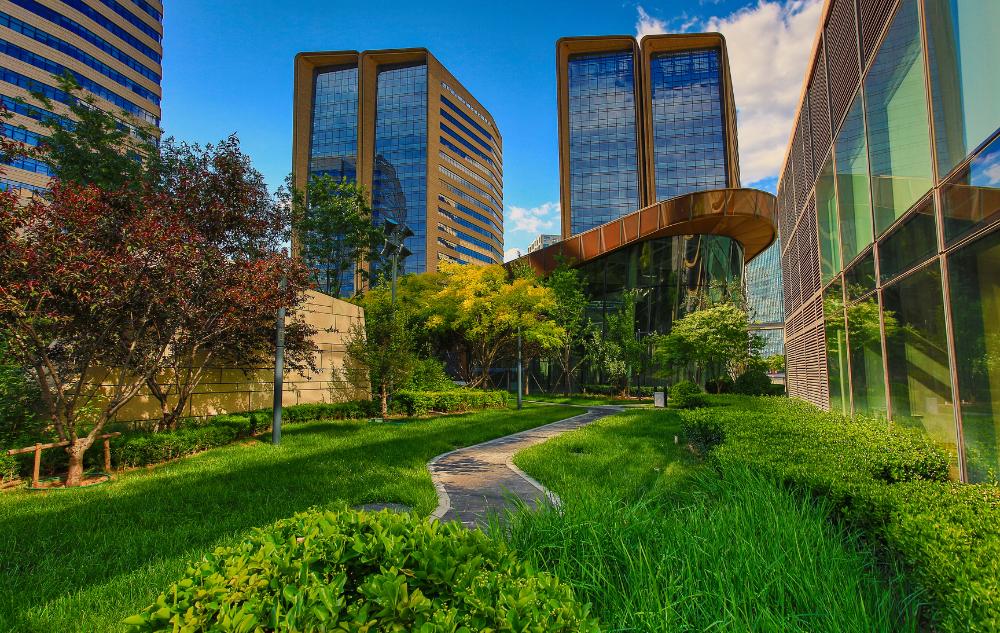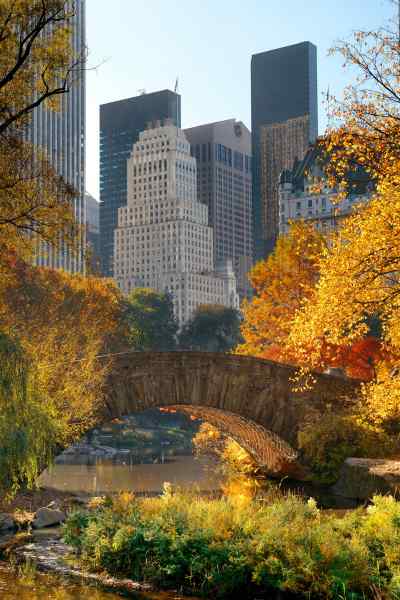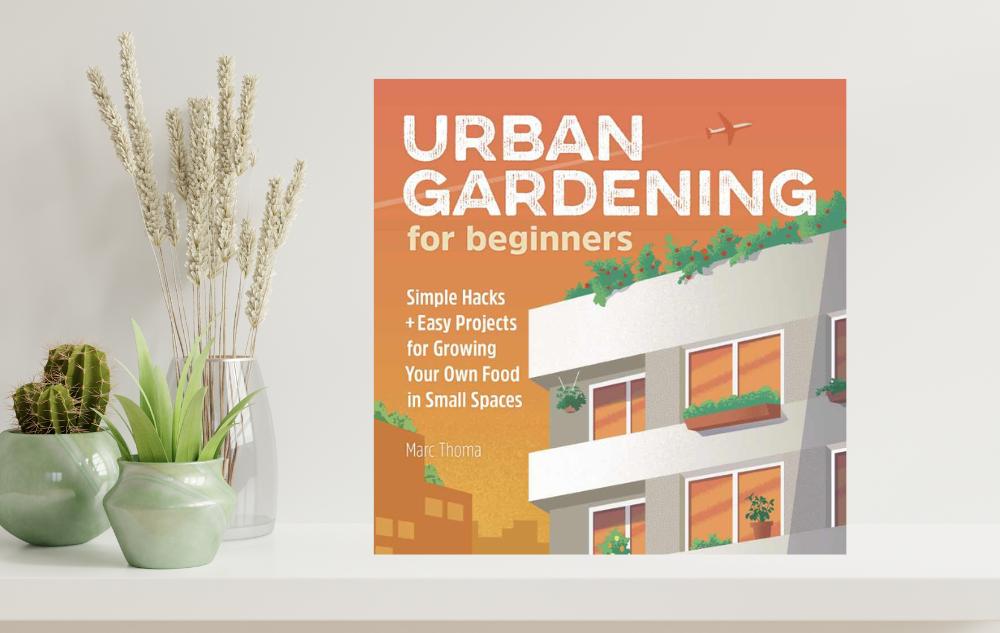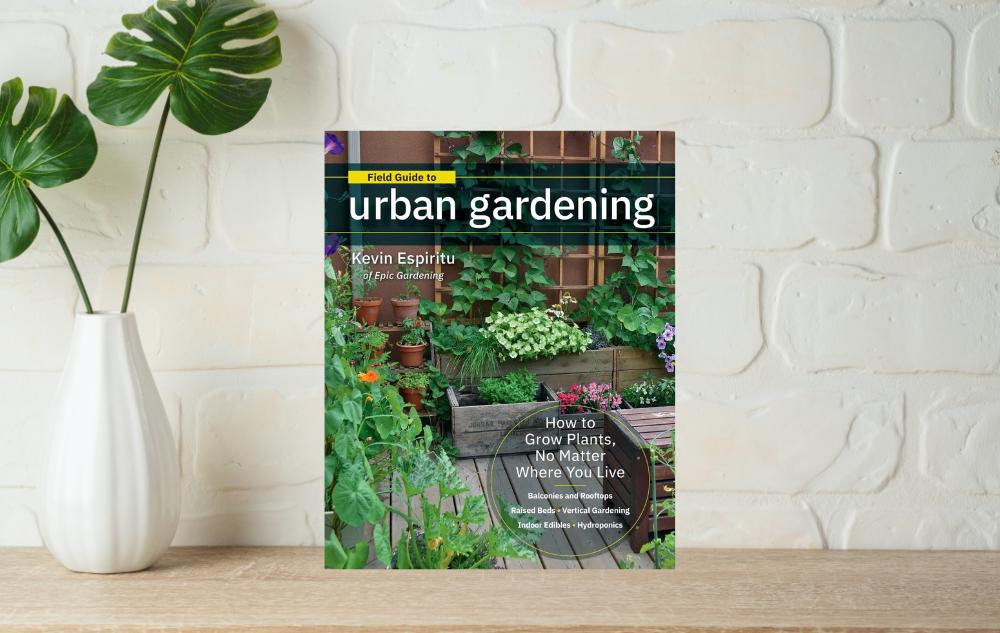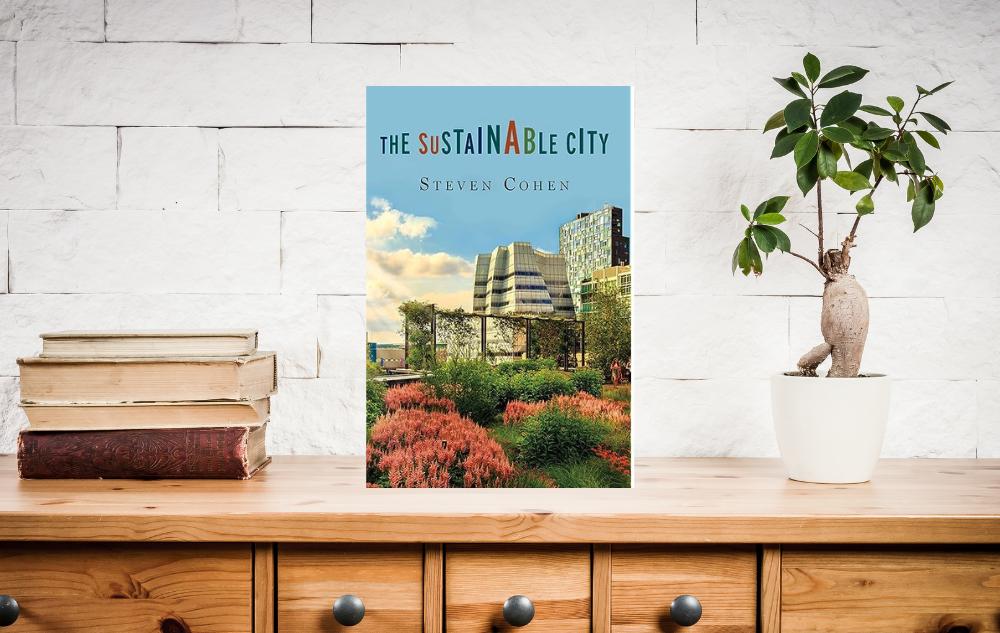How Urban Greening is Reshaping the Environmental Narrative of Bustling Cities
In the bustling heart of urban landscapes, a quiet revolution is taking place—one that enhances cities’ aesthetic appeal and contributes significantly to environmental revitalization.
Urban green spaces, from parks and gardens to tree-lined streets, have emerged as crucial agents of positive change. Commendable environmental efforts are taking root across the globe. The positive impacts of these green oases that have embraced the urban greening movement are an example of human ingenuity in the face of the climate crisis.
The Environmental Virtues of Urban Green Spaces
More than just aesthetically appealing, adding native greenery to urban spaces comes with a plethora of environmental benefits for the people and creatures living there.
Carbon Sequestration: Trees and plants play a vital role in sequestering carbon dioxide through photosynthesis. By absorbing CO2 and releasing oxygen, urban green spaces contribute to mitigating climate change and improving air quality.
Mitigating Urban Heat Islands: As cities grow, so does the concrete jungle, leading to the notorious phenomenon known as the urban heat island effect. Urban green spaces act as natural coolants, countering the heat generated by concrete and asphalt. This, in turn, can decrease the demand for energy-intensive cooling systems in buildings.
Preserving Biodiversity: Urban green spaces serve as sanctuaries for diverse life forms amidst the concrete expanses. They provide refuge for birds, insects, and various plant species, contributing to biodiversity conservation in urban settings.
Stormwater Management: Green spaces, especially those with well-designed landscaping, help manage stormwater runoff. Plants absorb rainwater, reducing the risk of flooding and preventing pollutants from being washed into waterways.
Noise Reduction: Trees and vegetation act as natural sound barriers, absorbing and deflecting urban noise. Traffic alone causes 90% of urban areas’ total noise pollution. Green areas are essential for noise reduction, absorbing noise from 5dB (A) to 10 dB (A). They contribute to a quieter, more pleasant urban environment, benefiting residents and wildlife.
Water Quality Improvement: Vegetated areas help filter pollutants from rainwater, improving water quality. This is especially important in urban environments where impervious surfaces contribute to water pollution. Green spaces act as natural filters, trapping pollutants and allowing water to percolate into the soil.
Enhanced Soil Quality: Green spaces promote healthier soils by preventing soil erosion, improving soil structure, and fostering microbial activity. This is crucial for maintaining soil fertility and supporting vegetation growth.
Sustainable Urban Agriculture: Some urban green spaces are dedicated to community gardens or urban farms. These spaces promote sustainable agriculture practices, reduce the need for long transportation routes for food, and provide communities with fresh, locally-grown produce.
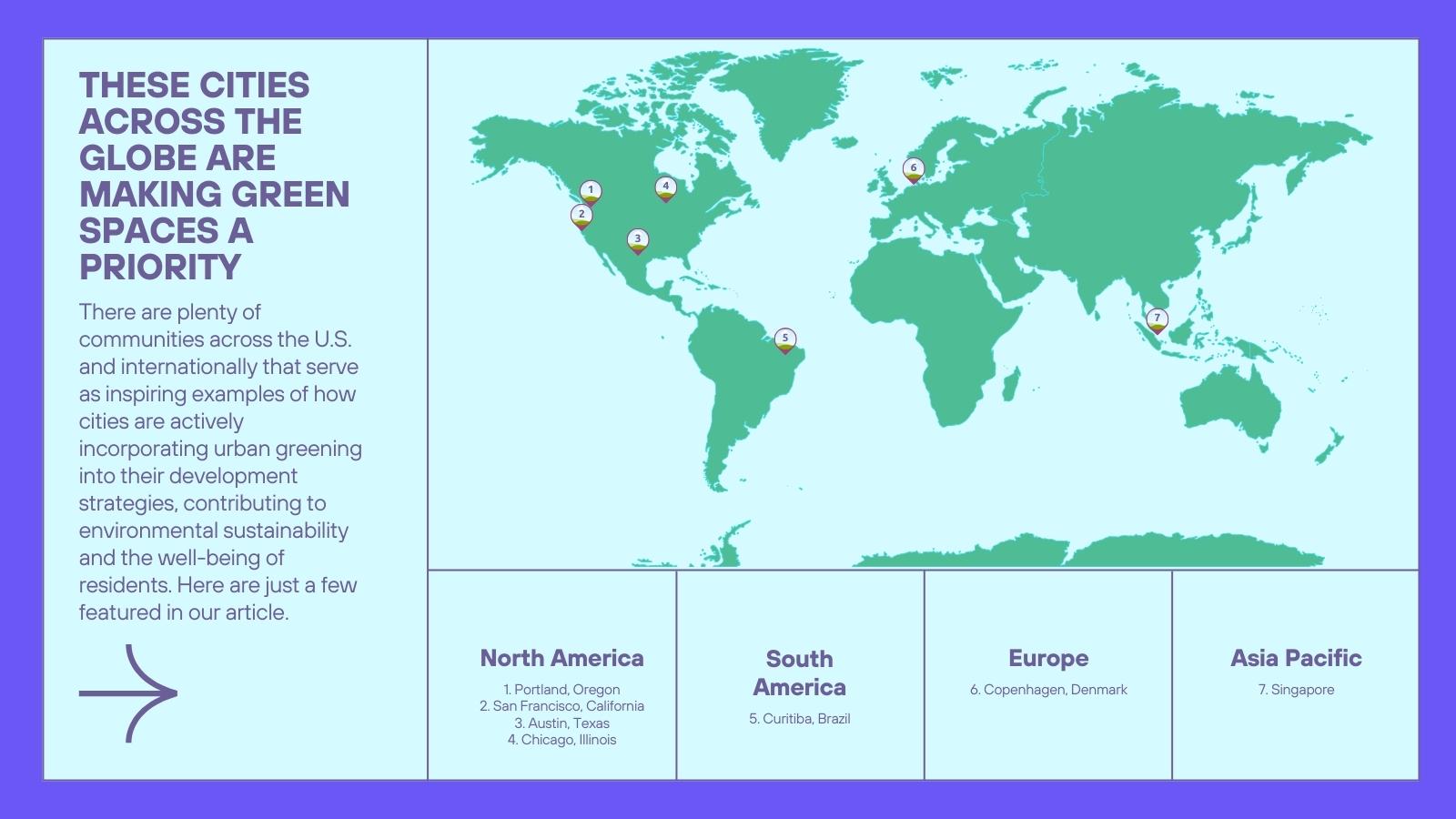
Global Initiatives in Urban Greening
There are plenty of communities across the U.S. and internationally that serve as inspiring examples of how cities are actively incorporating urban greening into their development strategies, contributing to environmental sustainability and the well-being of residents.
Portland, Oregon: Portland is recognized for its commitment to sustainability and green initiatives. The city promotes urban greening through extensive tree-planting programs, green infrastructure projects, and policies encouraging sustainable development practices.
San Francisco, California: San Francisco prioritizes green spaces and sustainable urban planning. The city boasts numerous parks, rooftop gardens, and community gardens. Through the Next Generation Urban Greening partnership, several organizations are helping the region meet water quality, biodiversity, and resiliency goals by implementing effective green infrastructure.
Austin, Texas: Austin is dedicated to preserving its natural beauty amid rapid urban growth. The city emphasizes green building practices, tree planting initiatives, and the protection of greenbelts. Initiatives like the Green Infrastructure Priority Program Implementation Team aim to protect environmentally sensitive areas and integrate nature into the city.
Chicago, Illinois: Chicago has implemented various initiatives to promote urban greening, such as the Green Roofs Program, which encourages the installation of green roofs on buildings. Most recent data boasts over 500 vegetated roofs, at least 13 rooftop farms, and over 5,500,000 square feet of green roof coverage. The city also focuses on increasing tree canopy coverage to improve environmental sustainability.
Singapore: Renowned for its commitment to greenery, Singapore has transformed into a Garden City, where lush green spaces coexist with modern architecture. Initiatives like the “City in a Garden” project prioritize green infrastructure, ensuring that every resident is within a 10-minute walk of a park. The result is not just visual splendor but a tangible improvement in air quality and overall well-being.
Curitiba, Brazil: Curitiba has earned acclaim for its sustainable urban planning, including an extensive network of parks and green spaces. The city’s commitment to preserving existing green areas and creating new ones has led to improved air quality and a higher quality of life for its residents.
Copenhagen, Denmark: Denmark’s capital, Copenhagen, embraces the Finger Plan, a visionary approach to urban planning that incorporates green corridors and spaces throughout the city. These green fingers enhance the cityscape and contribute to sustainability by promoting biodiversity and mitigating the urban heat island effect.
Empowering Change Locally: Tips for Urban Greening Advocacy
In fostering a deeper connection to your community and the environment, consider actively engaging with local groups and initiatives dedicated to urban greening. Dive into the heart of change by participating in tree-planting events, pitching in for park clean-ups, and getting your hands dirty in community gardening projects. The strength of these collective efforts can serve as a catalyst for positive transformation, not just in the physical landscape but in the shared spirit of the community.
Take your commitment a step further by supporting and advocating for green policies within your city. Urge for the allocation of funds directed explicitly toward creating and maintaining urban green spaces. Encourage local authorities to weave sustainability into the fabric of urban planning and development, recognizing the long-term benefits these green initiatives bring to the environment and residents’ well-being.
Your voice matters in the endeavor to create a greener urban environment. Spread awareness about the invaluable environmental benefits of urban green spaces. Utilize social media’s reach, organize educational workshops, or collaborate with local schools to enlighten the community about the positive impacts of greenery. From improving air quality to enhancing mental well-being and bolstering overall urban resilience, the collective understanding of these benefits lays the groundwork for a shared commitment to a greener, healthier future.
Urbanization is more than just aesthetics.
In a world where urbanization is an unstoppable force, the significance of urban green spaces and their positive environmental impacts resonate beyond aesthetics, contributing to a healthier, more sustainable urban future. By actively participating in the urban greening movement, individuals can play a pivotal role in nurturing nature in the heart of the city and building a legacy of environmental well-being for generations to come.
Want to learn more about how to expand green spaces in your city? Check out these organizations dedicated to greening the urban sprawl:
Discover more about the benefits of urban gardens and green spaces with these blogs and recommended reads from One Planet Life.

Written by Carley Kimball
Freelance Journalist and OPL Content Contributor
“I’ve always tried to implement planet-friendly practices in my life but didn’t quite realize just how much of an impact individuals can make until I was introduced to One Planet Life. I’m so excited to be able to utilize my professional skills to contribute valuable information and positive personal experiences to help make the world a better place.”

